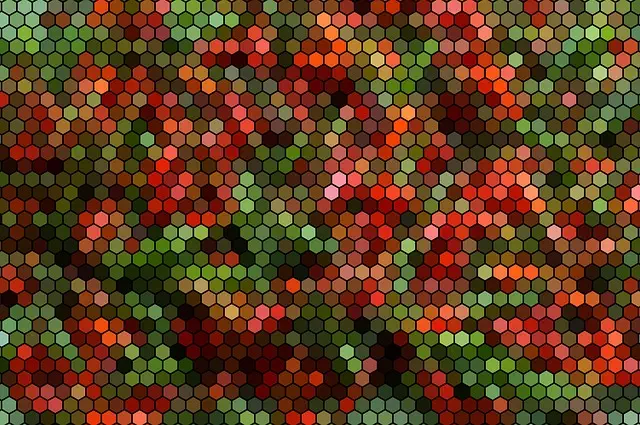Delta-8 THC, a synthetic cannabinoid, offers a milder high than Delta-9 THC, with effects described as a "yellow kratom" experience of mental clarity and relaxation. This lower potency appeals to users seeking a moderate cannabis experience without intense anxiety. Yellow Kratom, a blend of Δ8-THC and other chemicals, aims to provide a balanced high, potentially reducing anxiety compared to traditional cannabis. By studying this formula, researchers can better understand compound interactions for safer, personalized experiences in the rapidly growing market of synthetic cannabis alternatives.
“Delta-8 THC, a synthetic compound derived from cannabis, has gained recent attention for its psychoactive properties. This article delves into the world of this mysterious molecule and compares it to its well-known counterpart, Delta-9 THC. We explore the unique effects of Delta-8 through the lens of Yellow Kratom, a potent case study. Understanding its influence on users is crucial, especially with growing availability. Learn how Delta-8’s subtle differences can impact perception, offering a distinct experience from traditional cannabis.”
- What is Delta-8 THC and How Does it Compare to Delta-9 THC?
- Exploring the Psychoactive Effects of Synthetic Delta-8 Cannabis Compounds: Yellow Kratom as a Case Study
What is Delta-8 THC and How Does it Compare to Delta-9 THC?

Delta-8 THC, or delta-8-tetrahydrocannabinol, is a synthetic cannabinoid that has gained significant attention in recent years due to its psychoactive properties. It’s a minor compound found in cannabis plants, but through advanced extraction methods, it can now be produced in a lab setting. The compound resembles Delta-9 THC, the primary psychoactive component in marijuana, sharing similar chemical structures and effects. However, Delta-8 THC is generally considered less potent than its counterpart.
In comparison to Delta-9 THC, Delta-8 offers a milder high with more subtle cognitive and physical effects. Some users describe it as providing a clear, euphoric high, often referred to as a “yellow kratom” effect, where mental clarity and a sense of relaxation coincide with a subtle alteration in perception. This difference in potency may be appealing to those seeking a more moderate experience without the intense anxiety or paranoia sometimes associated with Delta-9 THC.
Exploring the Psychoactive Effects of Synthetic Delta-8 Cannabis Compounds: Yellow Kratom as a Case Study

In the realm of synthetic cannabis compounds, Delta-8 THC (Δ8-THC) has emerged as a fascinating and controversial option. Its psychoactive effects are similar to those of traditional cannabis but with potentially distinct nuances. One intriguing case study involves Yellow Kratom, a synthetic compound that combines Delta-8 THC with other chemical components. This unique blend offers insights into the complex interactions between various substances, shedding light on the nuanced experiences users may have.
The Yellow Kratom formula aims to provide a more balanced and potentially less anxious high compared to traditional cannabis or pure Delta-8 isolate. By studying its effects, researchers and consumers can gain a deeper understanding of how different compounds interact within the body, paving the way for safer and more personalized experiences. This exploration is crucial in today’s market where various synthetic cannabis alternatives are readily available, each with its own set of potential benefits and risks.
Delta-8 THC, a synthetic cannabis-like compound, offers unique psychoactive effects distinct from its more well-known counterpart, Delta-9 THC. The case study of Yellow Kratom highlights how this substance can induce heightened sensory perception and altered states of consciousness. While further research is needed to fully understand its potential risks and benefits, Delta-8’s growing popularity as a legal alternative suggests it may appeal to those seeking alternative recreational experiences or looking for relief from specific ailments. As with any psychoactive substance, responsible use and awareness of individual tolerances are paramount.






